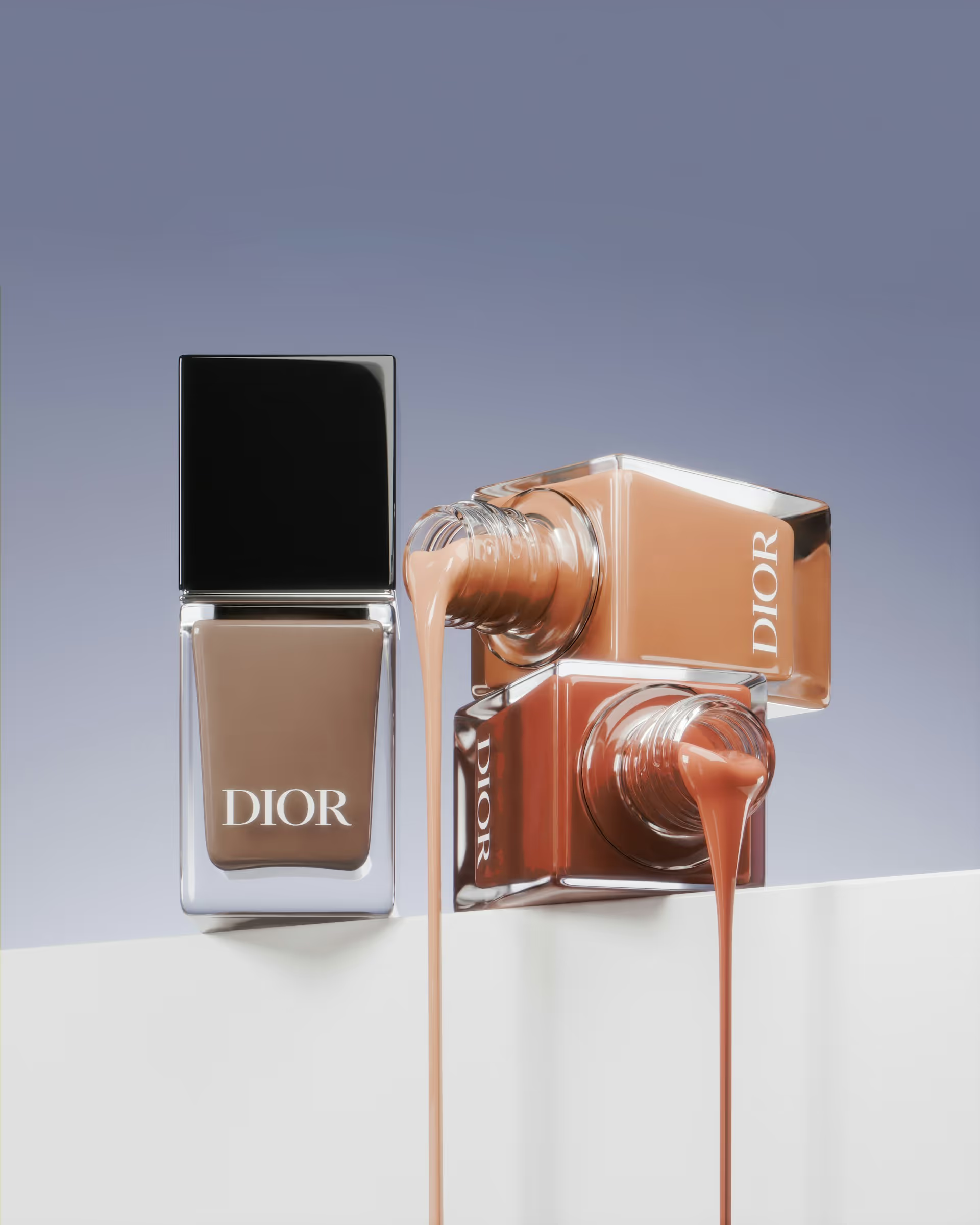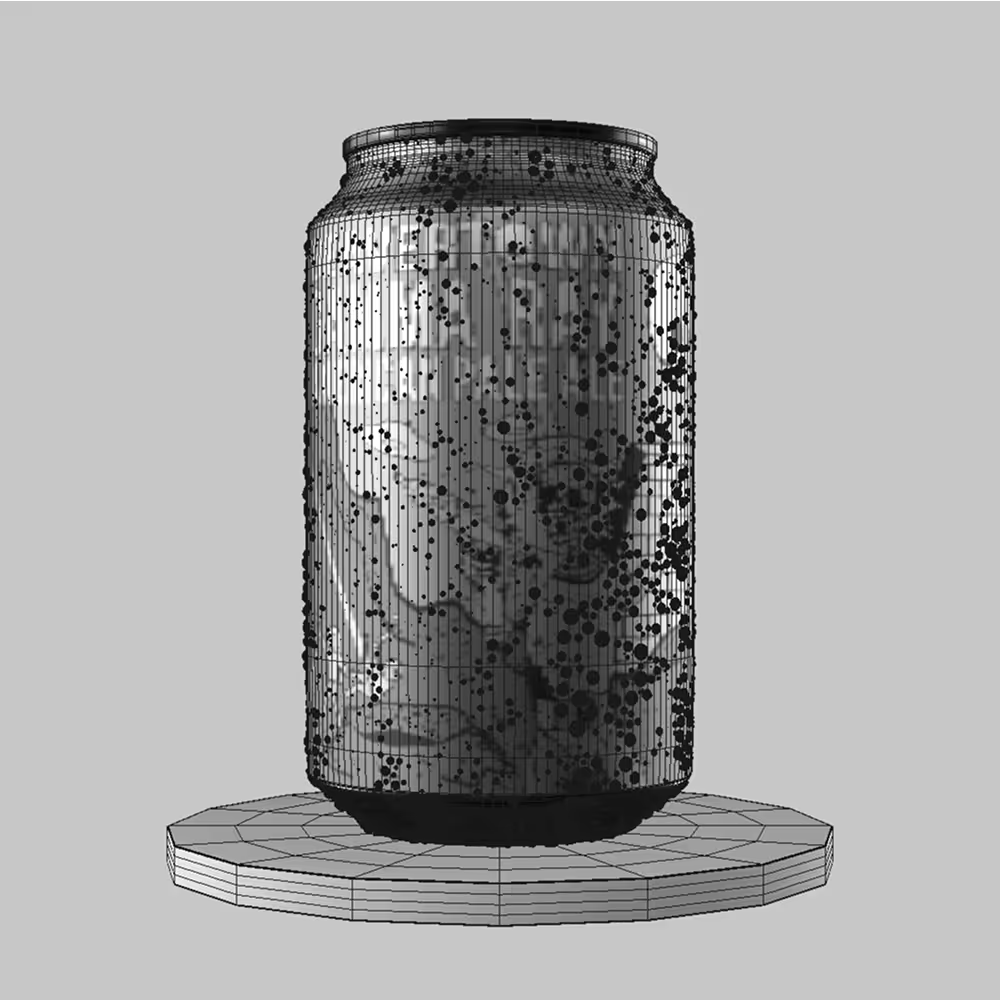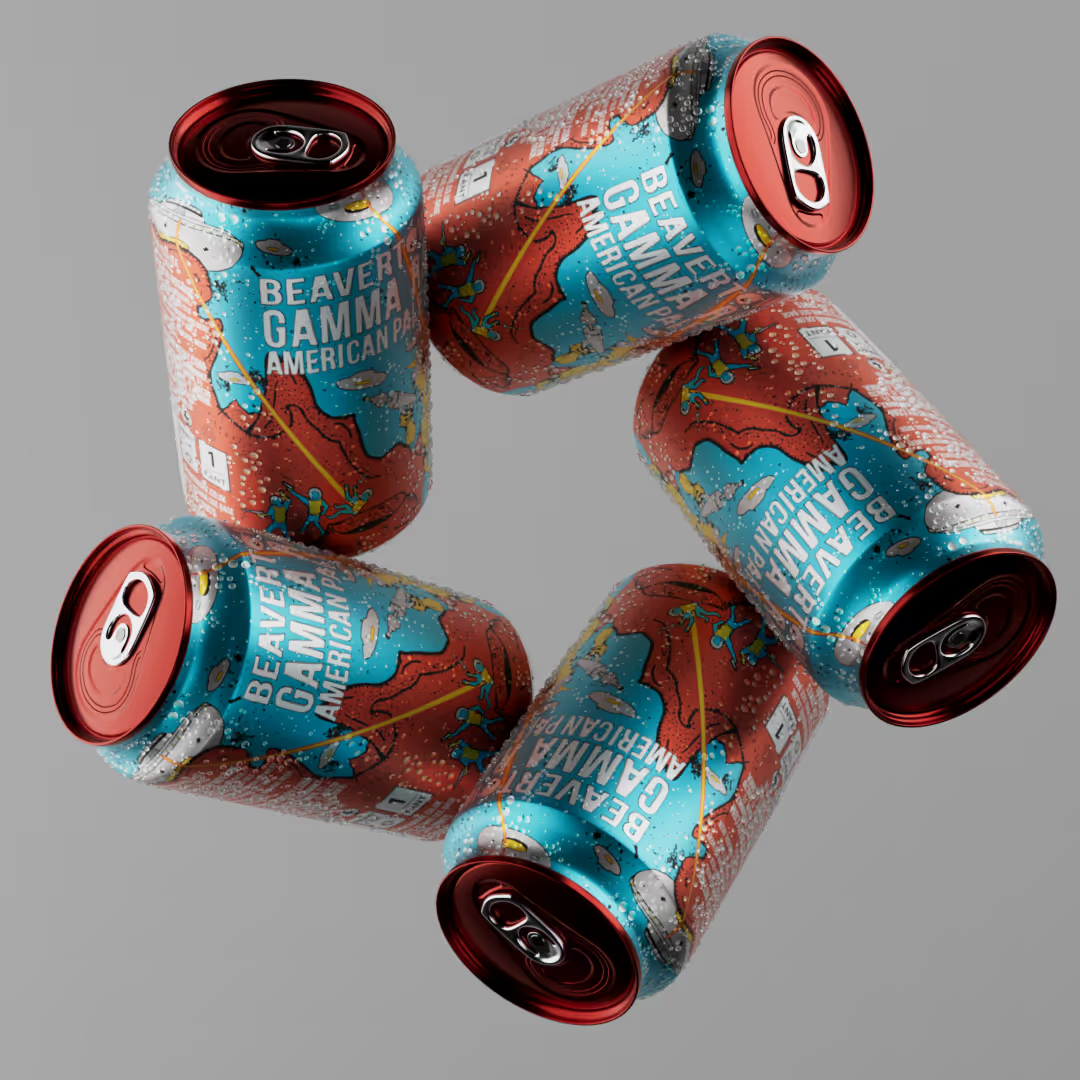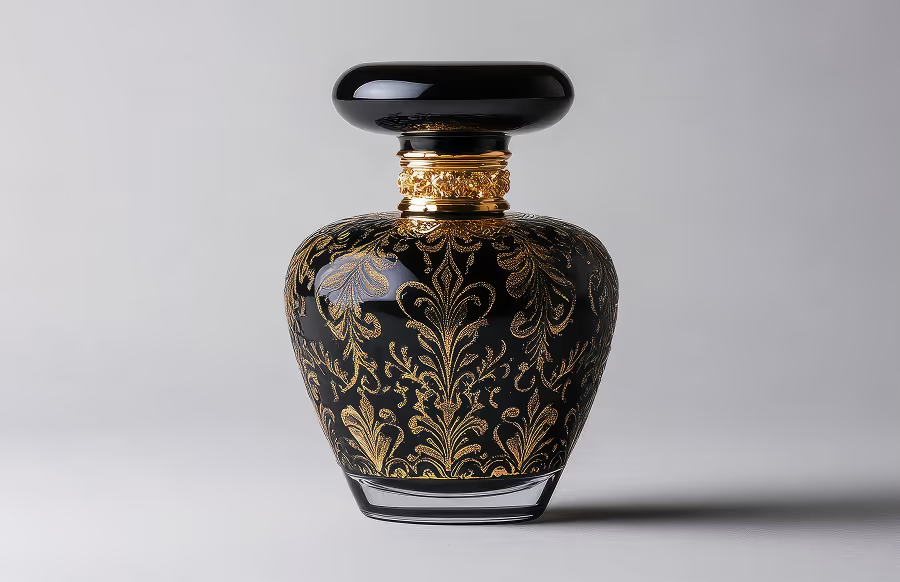How Brands Are Using CGI and AI to Test Packaging Before Launch

Packaging is expensive to get wrong. Tooling changes, reprints and scrapped stock can wipe out margins before a single unit reaches the shelf. Forward‑thinking FMCG teams are mitigating that risk by testing packaging in a virtual environment, long before a physical prototype exists.
This article lifts the lid on how leading brands combine CGI (for photorealistic accuracy) and AI (for rapid iteration and consumer insight) to de‑risk decisions, shorten timelines and, ultimately, improve conversion once the product goes live.
Why Virtual Testing Is Climbing the FMCG Agenda
- Rising SKU velocity means more label changes, more flavours, more risk.
- Retailers tighten launch windows, demanding final artwork early.
- Sustainability targets penalise waste from discarded mock‑ups.
Virtual testing via CGI and AI eliminates the need for repeated physical prototypes, letting teams iterate cheaply and collect real user feedback in days, not months.
Digital Twins: The Foundation Layer
A digital twin is a high‑fidelity 3D model that mirrors every dimension, material and print finish of the future pack. Nestlé has adopted the approach across several coffee ranges, using VR to evaluate shelf impact before tooling a single mould (nestle.com).
Benefits:
- Precise dimensional testing for line efficiency and pallet fit.
- Realistic material simulation (glass, foil, matte board).
- Reusable across departments: R&D, marketing, supply chain.
AI‑Generated Concept Variations
Generative AI tools, ranging from Adobe Firefly to proprietary in‑house models let designers spin hundreds of colourways, typography options or sustainability claims in minutes. Coca‑Cola’s design teams now feed AI prompts into an OpenUSD pipeline to visualise new label ideas and bottle embossing, cutting early‑stage design time by roughly 50 % (packagingschool.com, linkedin.com).
Mattel applies a similar workflow to toy packaging, using AI to predict how new designs will photograph under retail lighting, saving studio reshoots later (packagingschool.com).
Virtual Shelves, Eye Tracking and Consumer Panels
Once CGI assets exist, they can be dropped into virtual store environments. Agencies like Stratégir run eye‑tracking studies on digital shelves and have documented 15 % sales growth when packs optimised in VR move to real retail contexts (tobii.com).
Why it matters for growth directors:
- Rapid A/B testing of pack claims (“High Protein” vs “Protein‑Rich”).
- Heat‑map data shows which zones grab attention first.
- Insights arrive before committing to print, avoiding costly misfires.
Practical Workflow for FMCG Brands
- Collect Inputs — dielines, CAD, reference photography.
- Build the Digital Twin — high‑resolution 3D model.
- Generate Variations with AI — colourways, claims, finish swaps.
- Run Virtual Shelf Tests — eye tracking, preference surveys.
- Stress‑Test in Simulation — drop, compression, thermal.
- Iterate & Lock Artwork — final adjustments before print.
Deploy Renders Across Channels — Shopify, Amazon, launch decks.
Final Word: Test Smart, Launch Confident
Virtual testing with CGI and AI won’t replace every photoshoot, but it will slash sampling costs, accelerate launches and give growth teams confidence in packaging that sells on day one.
Curious what a digital‑first packaging workflow could save your next launch? Let’s run the numbers together.





